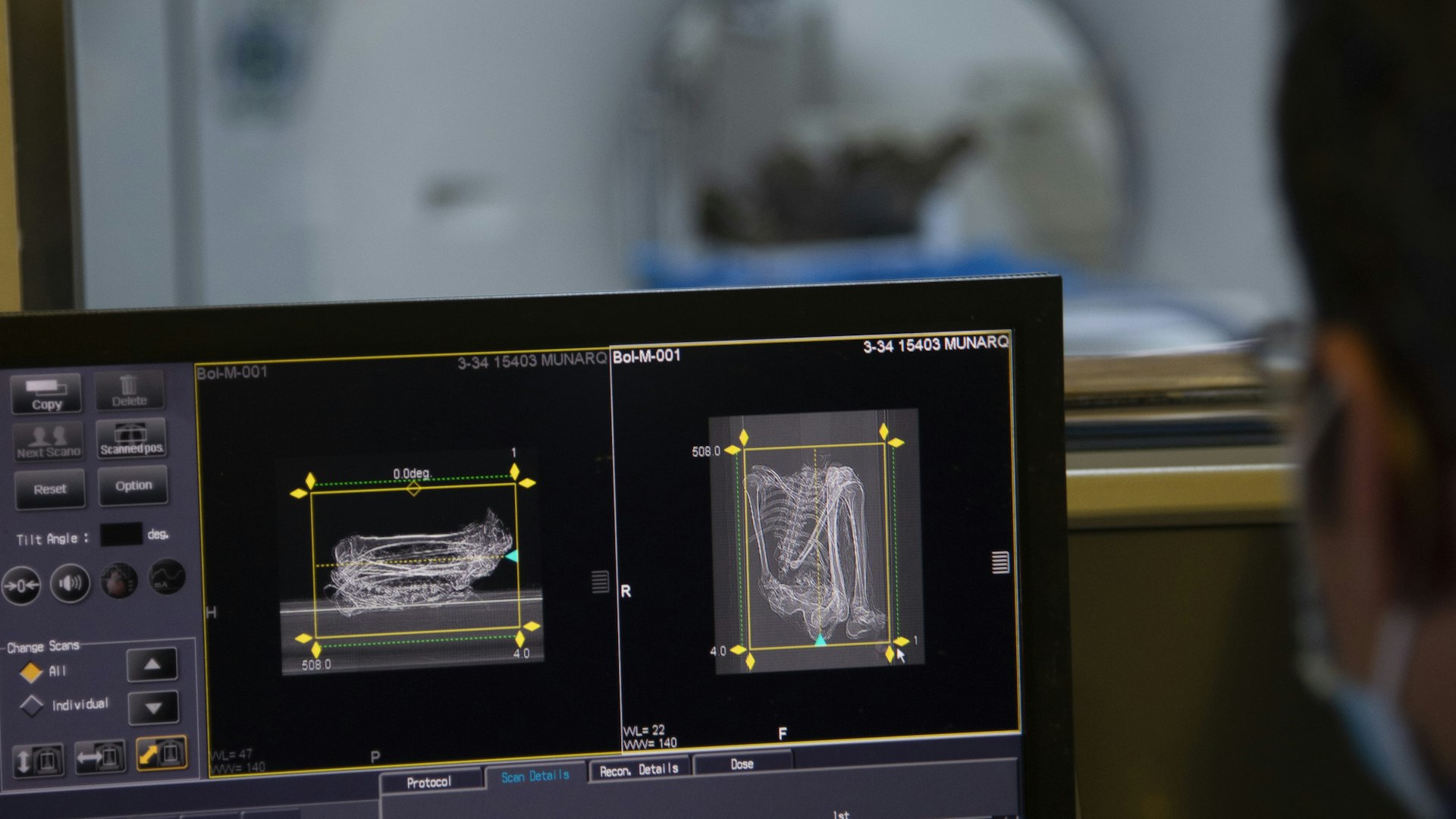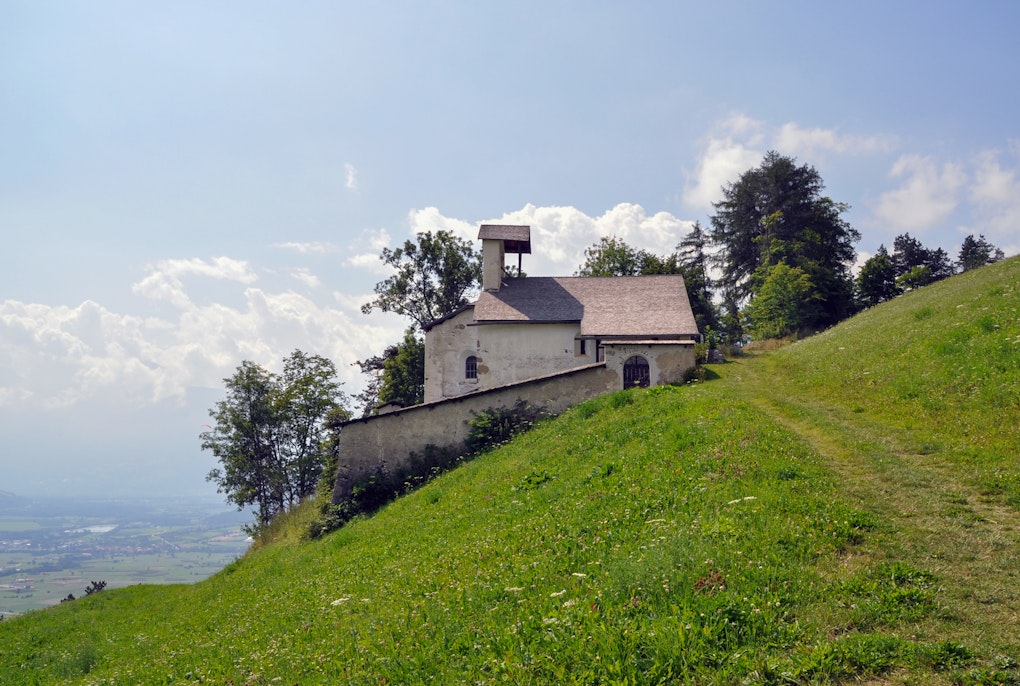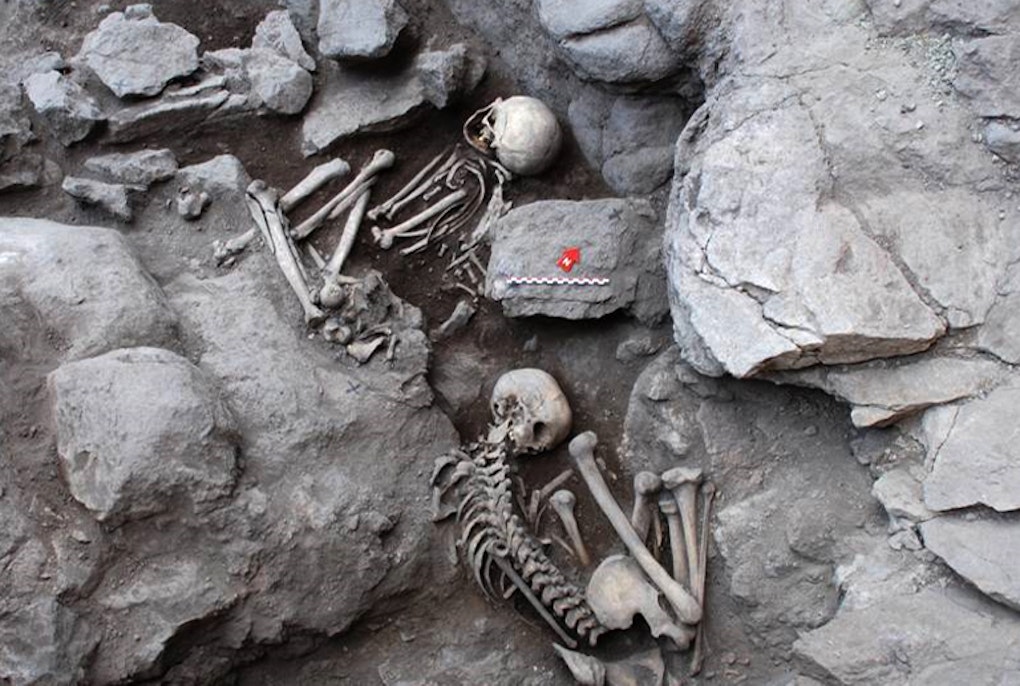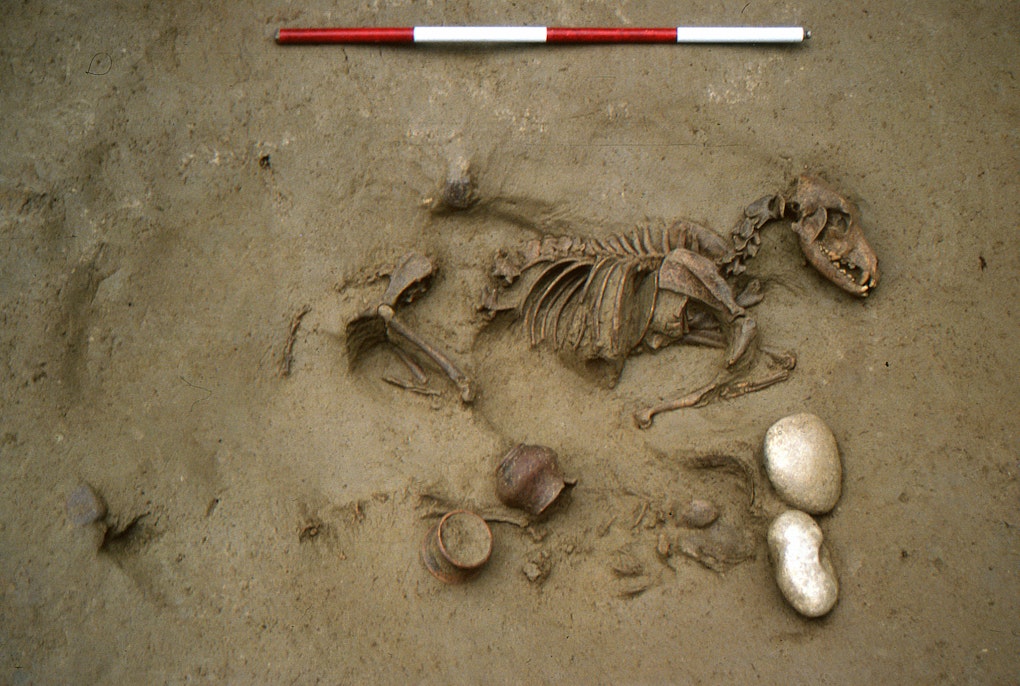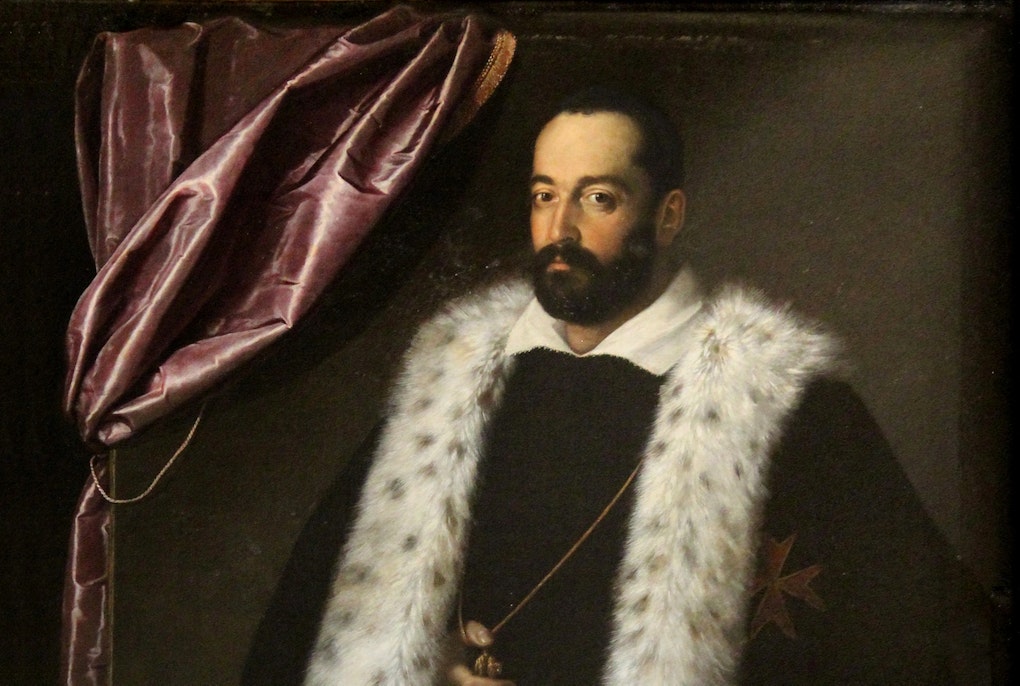magazine_ Article
New technology for Bolivia's ancient mummies
Examining Bolivia's diverse bioarcheological record
Long dead yet still communicating. Project MUMBO is a multidisciplinary study that crosses continents and provides the first ever in-depth bioarcheological analysis of pre-Columbian mummies from Bolivia.
THE MAN
Guido Valverde, from La Paz, Bolivia, is a biochemist currently working at the Eurac Research Institute for Mummy Studies. His interest in mummies began whilst undertaking lab work as an undergraduate at the Universidad Mayor de San Andrés in La Paz where he was under placement in the hematology department. While engaged in human blood analysis, he came across some literature that sparked his interest – a little book at the university library about the determination of human blood groups in mummified remains from Bolivia. It was the inflection point that steered him towards his future research.
Bolivia’s museums house a wealth of mummies, and human remains, yet bioarcheological research in Bolivia currently not as well-developed as its classical archeology counterpart. At present, predominant focus lies on traditional artifacts, such as the pottery, lithics, and metalwork. With the idea of taking samples from ancient remains, undergraduate Guido Valverde approached the Director of the National Archeology Museum in La Paz and requested access to the mummies in the museum’s deposit, his initial request did not make through as the collection was not accessible at the time. However, his academic path did continue, seeing him join fellow researchers at the Bolivian High-Altitude Institute where he went on to explore the high-altitude adaptation of human populations - La Paz being a perfect laboratory as it sits at 3630 m.a.s.l in the Andes
THE PROJECT
Housed deep within La Paz’s National Archeology Museum sits a substantial piece of Bolivia’s bioarcheological record. Since the 1960´s, the Museum has registered and catalogued the archaeological, and anthropological collections on display. However, the entire collection is made up of more than 20,000 archaeological pieces, including remains from the Chiripa, Tiwanaku, Inca and several other cultures of Bolivia´s lowlands which for the past 50 years have been stored in the museum’s vaults far from public view. A recent recovery process has now brought to light nearly 40 complete mummified bodies, and more than 500 human skulls. And soon thereafter, Guido Valverde was granted access to the most remarkable anthropological collection in Bolivia. Given the mummification characteristics, archaeologists have suggested that these individuals date to the post-Tiwanaku period, a civilization that arose in the Andes during a period called Middle Horizon (600 – 1100 AD). The naturally mummified remains belong to the Late Intermediate archeological period (1100 – 1400 AD) that predates the Inca Empire in Bolivia. The majority of the mummies were recovered from the so called “Chullpas”, funerary mounds spread across the Andean altiplano in Western Bolivia.
This newly rediscovered collection represents unchartered terrain and the first ever in-depth genetic exploration of peoples from this particular period. A new project entitled MUMBO - Bioarcheological studies of mummified pre-Columbian remains from Bolivia now sees a collaboration between the museum in La Paz and the Eurac Research Institute for Mummy Studies. Funded by the Province of Bolzano – Seal of Excellence grant and in collaboration with Bolivia’s Ministry of Culture, the immense trove of bioarcheological information will form the basis of the first systematic study of mummies in Bolivia.
The three-part interdisciplinary project will consist of an initial Computer Tomography scanning analysis - a non-invasive diagnostic tool to gain insights into the lifestyles, sex and age estimation, and possible cause of death. The second part focuses on exploring the genetic diversity of these ancient pre-Columbian populations by analyzing ancient DNA which will be compared with modern and ancient populations from the Andean region. And, owing to the Institute’s competence in the field of paleogenomics, thanks to the groundbreaking discovery of the Tyrolean Iceman - Ötzi, the investigation of methods of conservation for these individuals is also a vital element of the project. The third part is focused on the conservation status of the collection.
Currently, the research team is working on this matter, and equipment such as data loggers which can be used remotely to measure the temperature and the relative humidity of the museum and the surroundings are already in place in La Paz. This will enable further studies which will be focused in assessing the fungal contamination of the remains to ascertain the actual conservation situation at the museum and enable conservation guidelines for this important colletion of Cultural Heritage. Finally, Conservationist Marco Samadelli of the Institute for Mummy Studies designed some prototype conservation soft boxes (CSB) which he and Anthropologist Alice Paladin constructed in-situ at MUNARQ soft in order to preserve the mummified individuals for the future generations.
The scientific study of mummies opens a unique window back in time helping to understand the life and history of our ancestors. However, this is just the start and each step of unlocking ancient data presents new opportunities for discovery, in turn lending themselves to new research endeavors. For example, analysis of the microbiome or metagenomic analysis of the mummies could reveal potential pathogens the individuals might have had. And as the project continues so will a need to consider the ethical guidelines for working with ancient individuals. How will these individuals be named and displayed and how will cultural sensitivity be maintained? It’s an important topic, ethics guidelines are needed to ensure that these investigations do no harm, either to the once-living people being studied or to the modern communities who have a stake in the matter. After all it’s Bolivian history, both ancient and in the making.
THE MUMMIES
Most of the MUNARQs Pre-Colombian mummies have been excellently preserved, thanks to the dry climate of the Andes region, and they provide a unique insight into the culture, religious practices, and everyday life of these societies. Preservation of the body was achieved by desiccation or freeze-drying, processes helped by the natural climatic conditions in certain areas such as deserts and the high plains. Mummies were often placed in a fetal position and wrapped into bundles using several layers of textiles, bound with cords. The deceased would then be interred in Chullpas, caves or dedicated rooms within a community, often in groups, and these chambers were reopened every so often so that new mummies could be added. Sacrificial victims, including children (capacocha), could also be mummified and placed in mountain-top shrines and other sacred sites (huaca) https://www.laprensalatina.com/inca-girl-mummy-named-saphi-in-bolivian-ritual/amp/.
THE MUSEUM
The National Museum of Archaeology (MUNARQ) is Bolivia’s oldest museum and part of the Archaeology and Museums Unit of the General Directorate of Cultural Heritage of the Ministry of Cultures and Tourism. It was declared a National Monument in 1990 for the special characteristics of its unique design. Originally named Posnansky’s palace (more on Posnansky later) what is now the museum was built in neo-Tiwanaku architectural style as part of an indigenist movement in the 1930s and 1940s that sought to elevate the art, music and writings of Tiwanaku’s past and evoke designs of the pre-Columbian archaeological site. In 1922 the Bolivian government purchased the building from Posnansky and transformed it into the National Archaeology Museum. Posnansky then became its director.. Since then, the Museum of Archaeology has housed a diverse collection, it currently has more than 50,000 registered and catalogued pieces which span the cultures and civilizations of Bolivia’s past.
THE ARCHITECT
Arthur Posnansky was born in Vienna in 1873, then capital of the Austro-Hungarian Empire. His career saw him as naval engineer, decorated veteran, builder, urban planner, filmmaker, photographer, researcher, writer, historian, miner, explorer, entrepreneur, paleontologist, anthropologist and archaeologist. In 1896 at the age of 23 when he was a Lieutenant in the Austro-Hungarian Royal Navy he emigrated to Bolivia where following his efforts in the war of 1903 he became a Bolivian national and was decorated as a National Hero. His fascination for archaeology arose following a visit to the ruins of Tiwanaku - 70 km west of the city of La Paz, Bolivia. In Bolivia he constructed museums, scientific research centers and national parks in Bolivia, explored the Amazon, was one of the first to seriously study the ruins of Tiwanaku and introduced the first automobile in the city of La Paz. Oh yes, he was also one of Einstein’s friends. Arthur Posnansky died in 1946 in the city of La Paz at the age of 73.
